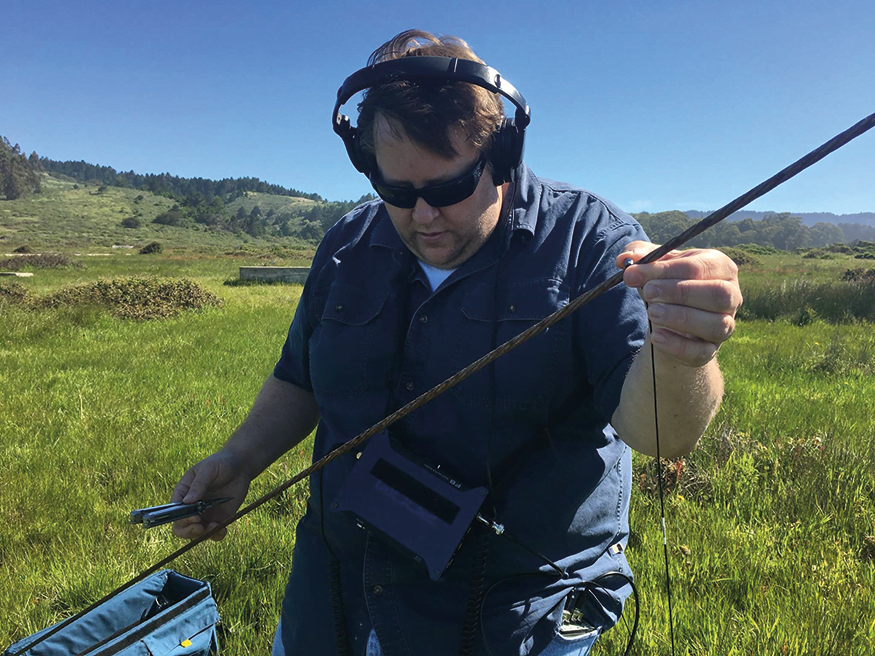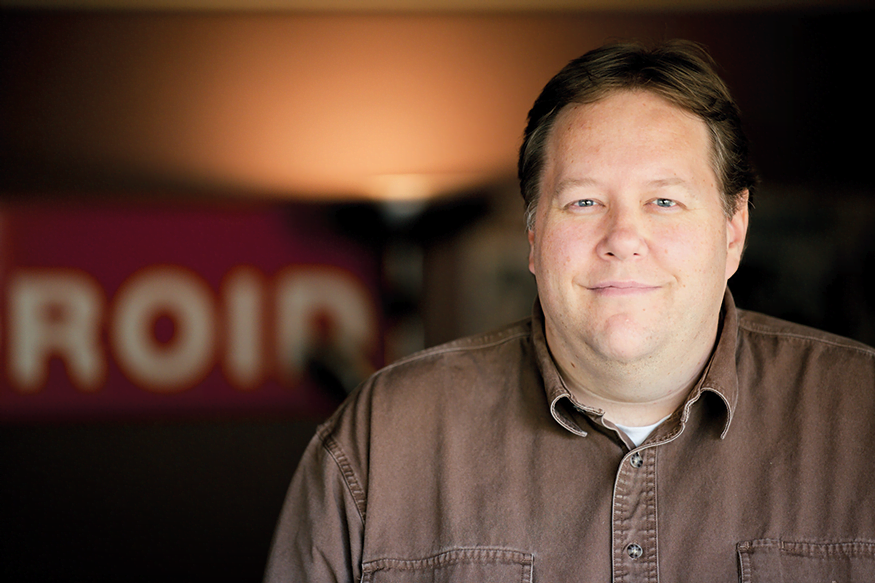Just about everyone in the world knows Star Wars. And there are diehard fans who know all about each of the movies (not to mention the extended universe), from the number of AT-AT walkers in the battle for Hoth to the meanings of lightsaber colours, and all of them familiar with the different sounds (created by the brilliant Ben Burtt) in the Star Wars universe.
Some might argue one way or another about being able to hear explosions in a vacuum or propulsion systems screaming through space, but the movies wouldn’t be the same without them – from the Millennium Falcon to Tie fighters – those sounds are iconic. As, too, is the sound of that good blaster at the side of the title character in the latest installment – Solo: A Star Wars Story.

The sound?
Sound is a bargain for film makers. For example, the look and texture of the T-1000 from Terminator 2 may have cost millions, but the sound of it oozing from one form to another comes from a dog-food can. That’s not to diminish the development of sound. Sound designers are constantly on the lookout for interesting sounds, and the importance of the right sound going with the right visual can be illustrated by trying to imagine a different sound for a Star Wars lightsaber – it just wouldn’t be the same. The visual and the audial need to be just right. And because they never know how much a particular sound might be reused or useful for something else in the future, sound libraries are extensive and ever-growing.
You can envision sound engineers walking through junk yards smacking things, and you wouldn’t be far off. The sounds you hear, disassociated with the object with which you would be familiar, are often not as altered as you would think. Objects and their environments are manipulated for the unique sound they can produce rather than the sound being manipulated later in the studio. As Tim puts it: “It is extremely important to have the cleanest recording of the sound that is possible.” What the sound engineer hears and records needs to be the same sound when it is played back later; otherwise, it may not become that perfect joining of sound to sight.
You've switched off your processing computer
It’s important to have the right equipment to get the most accurate recording of the object as possible. The idea is to manipulate the environment to get a sound that the object wouldn’t ordinarily make – like using your surroundings as an instrument.
Tim points out that, “This is a concept that many beginning sound designers don’t get. When you start post-processing to get sounds, the processes are too related, so the sounds pick up too much of the same quality and start to muddle together and lose their individuality.”
The new Solo movie introduced a multitude of new sounds, particularly blasters, and in honour of Ben Burtt (the original Star Wars sound guru), Tim wanted to use similar sound sources to achieve the new sounds. However, the new sounds needed to have their own character, not just to be different, but also to ensure that the iconic sound of Han’s blaster stays iconic. So the challenge was to get the new sounds without processing them extensively.
ACCELEROMETER TYPE 4519

“The industry traditionally uses a variety of contact microphones to capture mechanical noise, which can be cool, but transition to accelerometers enables a cleaner recording.”
Normally, contact microphones are attached to an object and that object is manipulated or excited in some way to produce a sound that is recorded and stored. The more robust accelerometer, however, compared to the thin piezoelectric contact microphone, provides a cleaner sound with much higher fidelity and a greater frequency range. Tim reached out to Vince Rey of Brüel & Kjær, and together they sampled an assortment of accelerometer and preamplifier combinations until they found the combination that worked the best. They were looking for the perfect balance of noise floor versus sensitivity. The combination of Miniature Hex CCLD Accelerometer Type 4519 and 2-channel Battery-powered CCLD Signal Conditioner Type 1704-A-002 fit the bill perfectly.
“I was introduced to the concept by a friend who introduced me to Jacob Kirkegaard, a Danish sound artist who uses accelerometer to measure and record amazing sounds.”
The sound will be with you, always
The new blaster sounds in Solo were recorded with accelerometers. Their flat extended frequency range enabled Tim to get the best version of the sound he was looking for. Of course, not all of the blasters in the movie were recorded with accelerometers because, as Tim earnestly stated, “…you don’t want to mess with Star Wars fans.” To noticeably change iconic sounds like the Millennium Falcon or Han’s blaster would be a really bad idea. That is not to say they have been untouched since their creation (over 40 years ago). For example, in order for Han’s blaster to not sound out of place against the new recordings, the frequency range needed to be extended a bit for the movie. But to ensure that both the iconic and new sounds remain just as they should, they are safely locked away, unaltered in the Skywalker Sound library, patiently waiting to sound again.
Related WAVES Articles

Iscriviti alla nostra Newsletter e ricevi le informazioni più recenti dal mondo del suoni e delle vibrazioni

